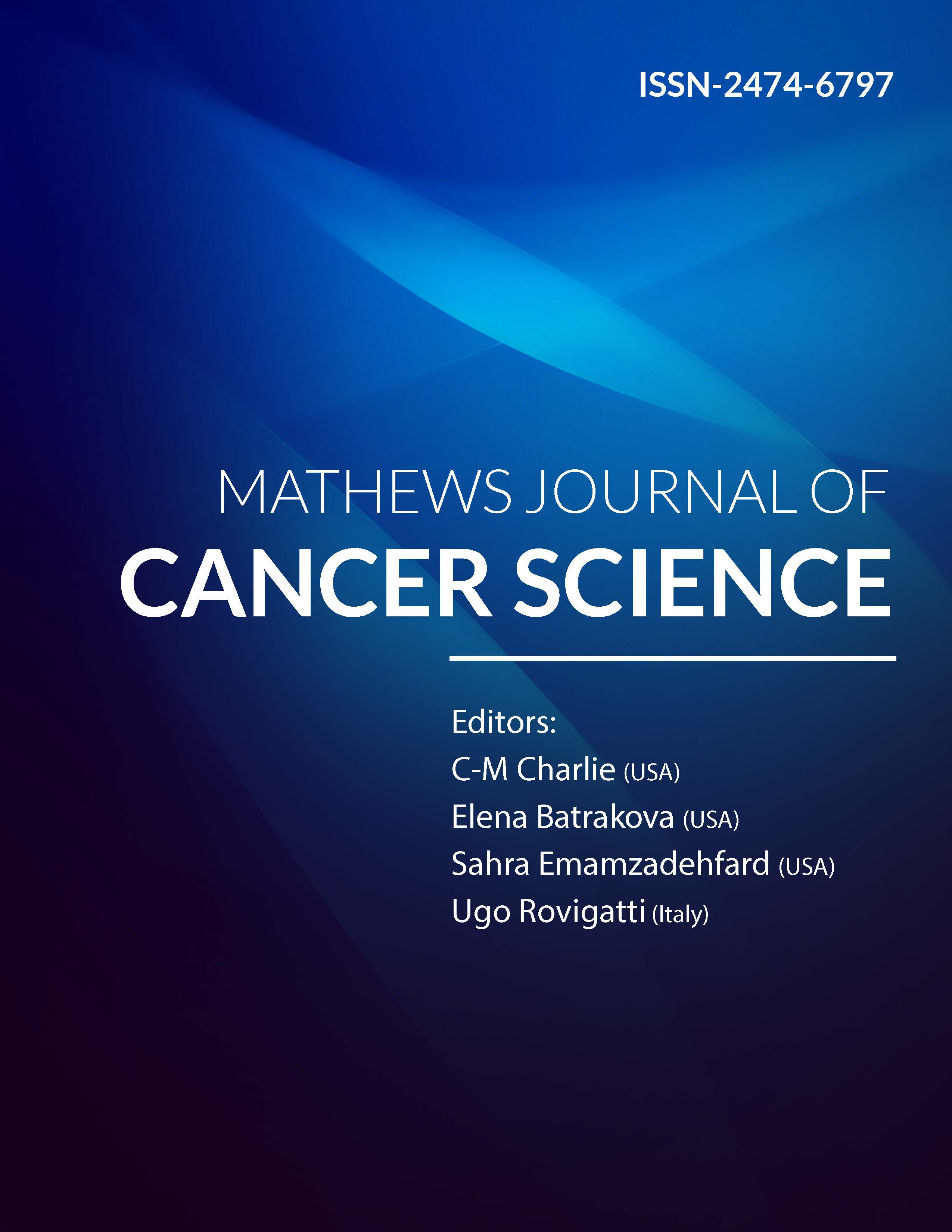
Information Links
Previous Issues Volume 7, Issue 2 - 2022
Investigation of Dose-Rate Effects in Pulsed Low Dose Rate Radiotherapy
T Dos-Santos1*, D Cvetkovic1, L Chen1, S Liu2, M Li2, L Yang2, D Wu3, and CM Ma1
1 Fox Chase Cancer Center, Temple University, USA
2 The Third Affiliated Hospital of Qiqihar Medical University, Qiqihar, China
3 The People’s Hospital of Guangxi Zhuang Autonomous Region, Nanning, China
Received Date: June 16, 2022
Published Date: July 26, 2022
*Corresponding Author: Dos Santos Troy, Fox Chase Cancer Center, Temple University, USA. Tel: 215-728-3071 E-mail: [email protected]
ABSTRACT
Purpose: To investigate the radiation dose rate effect for pulsed lowdose-rate (PLDR) radiation therapy using in vitro clonogenic analysis. Materials and Methods: Lung cell line A549 (Adenocarcinomic human alveolar basal epithelial cells) and human prostate cancer cells (PC3) were cultured using Dulbecco's modified Eagle's medium supplemented with 10% fetal calf serum, with penicillin (50 U/ml), and streptomycin (50 µg/ml) at 37°C under 95% humidity and 5% CO2 atmosphere. All experiments used cells in the exponential growth phase by seeding ~200 cells into T-25 flasks, in triplicate, 8-10 hours before use. A clinically calibrated beam from a Varian-2100-iX machine was used to deliver a total dose of 0.25, 0.5, 1, 2 and 4Gy to the cells. The dose rate for the conventional radiation therapy (CRT) group was 500 cGy/min. The effective dose rates (EDR) for PLDR (8.3, 25, 60, 150cGy/min) were determined by varying time between a train of radiation pulses, each 0.25 Gy. After irradiation, cells were incubated for 8 to 9 days, colonies were counted, and the surviving fractions of clonogenic cells were determined. Results: Both cell lines showed comparable responses between CRT and PLDR with different EDRs, where their survival fractions decreased with dose but were unremarkable. All PLDR groups were statistically indistinguishable among each other, and from CRT. Both cell lines were observed to be agnostic towards variation with the dose rate in radiation repair response or low-dose hyper-radiosensitivity in this study. Conclusion: PLDR effect at different EDRs is comparable to that of CRT against two human cell lines. This result adds to the body of research showing PLDR’s clinical efficacy, due its equivalent tumor control and normal tissue sparing properties with decreased EDRs. PLDR may be developed into a clinically viable alternative for treating large tumor masses and/or recurrent cancers with decreased normal tissue tolerances.
Keywords: Pulsed low dose rate (PLDR), radiation therapy, dose rate effect, lung cancer A549, prostate cancer PC3, clonogenic assay, Hyperradiosensitivity (HRS).